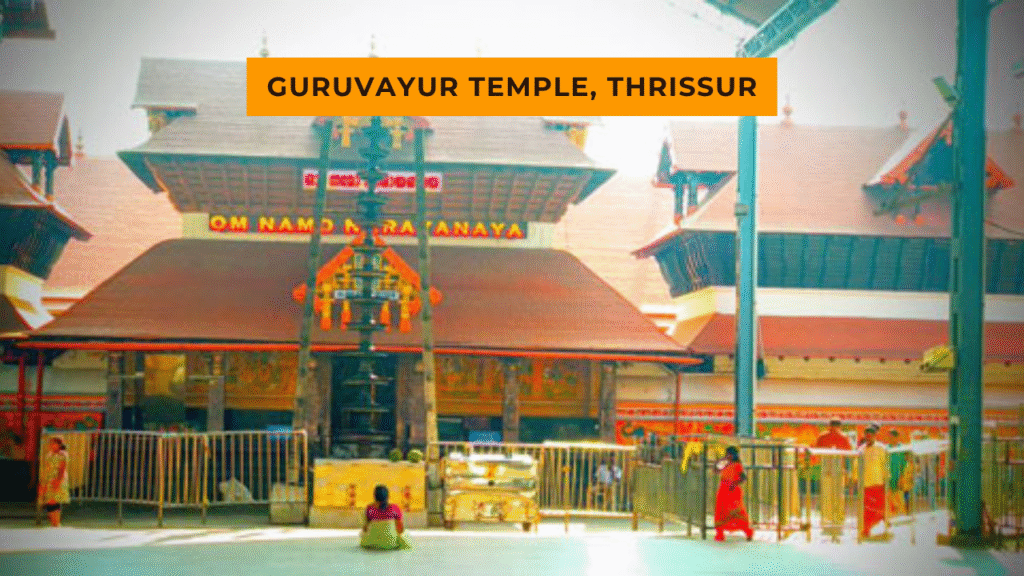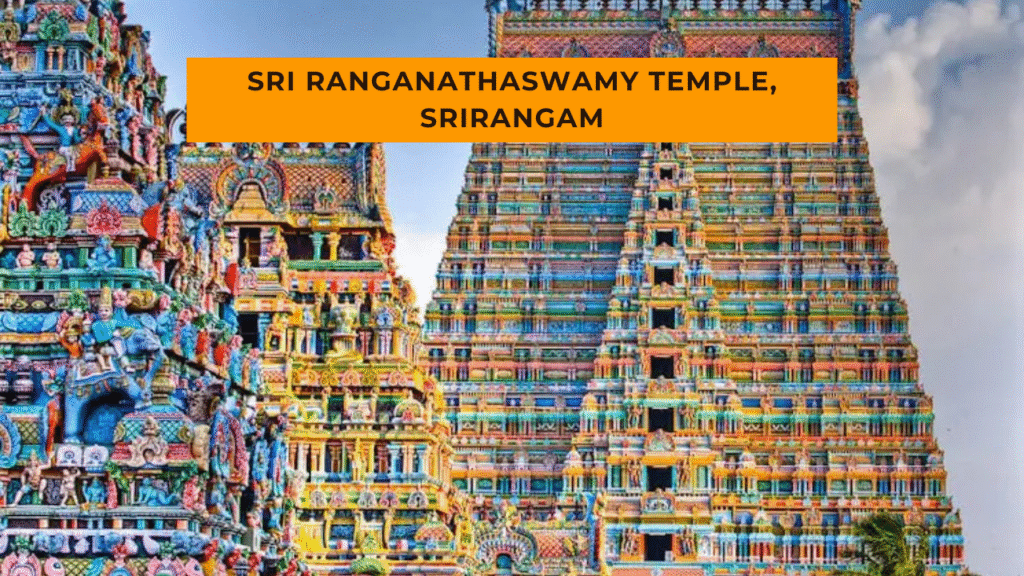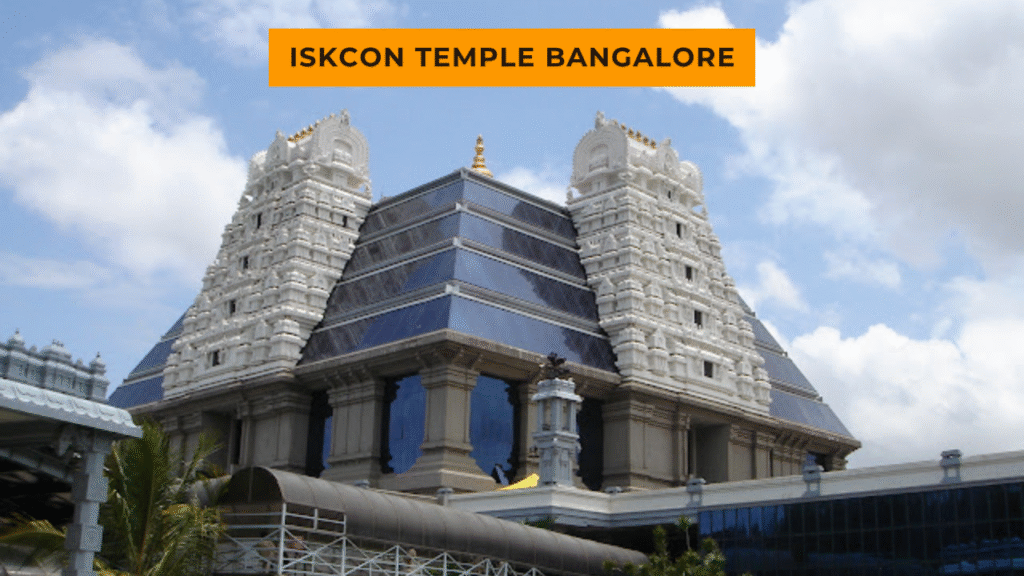In the serene town of Guruvayur in Thrissur, Kerala, lies one of the most sacred and revered temples in India—the Guruvayur Sri Krishna Temple. Fondly referred to as “Bhuloka Vaikuntha” (Heaven on Earth), this spiritual sanctuary attracts millions of devotees annually who seek blessings, peace, and the divine presence of Lord Guruvayurappan, a child-like form of Lord Krishna.
With a history that spans centuries, the Guruvayur Temple is not just a religious destination but a powerful spiritual force that continues to guide and inspire generations. From its architectural elegance to its strict rituals, the temple is a beautiful fusion of devotion, culture, and tradition.
Here is a summary table for the Guruvayur Temple blog post:
| Temple Name | Guruvayur Sri Krishna Temple |
| Location | Guruvayur, Thrissur district, Kerala, India |
| Main Deity | Lord Guruvayurappan (child form of Lord Krishna / Vishnu) |
| Idol Material | Patala Anjanam (sacred black stone) |
| Founding Legend | Installed by Guru and Vayu on Lord Krishna’s instructions |
| Architectural Style | Traditional Kerala temple architecture with sloped roofs, Deepastambam |
| Daily Rituals | Nirmalya Darshan, Seeveli, Ucha Pooja, Deeparadhana, Athazha Pooja |
| Major Offerings | Tulabharam, Annaprasanam, Elephant donation, Pooja sponsorship |
| Famous Elephants | Guruvayur Kesavan (most revered temple elephant) |
| Elephant Sanctuary | Punnathur Kotta, housing over 50 temple elephants |
| Key Festivals | Guruvayur Ekadasi, Janmashtami, Vishu, Chembai Music Festival |
| Dress Code | Traditional: Dhoti for men, Saree/salwar for women; no western wear allowed |
| Non-Hindu Entry | Not permitted inside the inner sanctum |
| Photography | Not allowed inside temple premises |
| Temple Timing | Opens at 3:00 AM with Nirmalya Darshan |
| How to Reach | – Air: Cochin Airport (80 km) – Rail: Guruvayur/Thrissur Station – Road: Well connected by bus and taxi |
Mythology and Origins
The origin of the Guruvayur Temple is steeped in legend and divine intervention. According to mythology, the idol of Lord Krishna installed here was originally worshipped by Lord Vishnu himself in Vaikuntha. After the great deluge, this idol was passed from Brahma to Sutapas and Prishni, and then to Vasudeva and Devaki, Krishna’s parents.
After Lord Krishna left his earthly form, Uddhava, a close devotee, was instructed to find a safe place for the idol. Guru (the preceptor of the gods) and Vayu (the wind god) were entrusted with this task. They brought the idol to Kerala and installed it in Guruvayur with the help of Lord Shiva, who moved from his abode at Mammiyoor to make space. This is how the temple got its name: Guru + Vayu + Oor (place) = Guruvayur.
Deity and Iconography
The presiding deity is Lord Guruvayurappan, a four-armed form of Lord Mahavishnu, holding the conch (Shankha), discus (Chakra), mace (Gada), and lotus (Padma). He is enshrined in the sanctum sanctorum in a standing posture, facing east, adorned with Tulasi garlands, gold ornaments, and a glowing countenance that radiates divine bliss.
What makes this idol unique is that it is made from a special stone called “Patala Anjanam”, believed to possess mystical healing powers. Devotees believe that praying to Guruvayurappan helps overcome diseases, obstacles, and negative influences.
Temple Architecture and Layout
The Guruvayur Temple follows traditional Kerala temple architecture, with sloping tiled roofs, wooden carvings, and mural paintings that depict tales from Hindu epics. The Chuttambalam (outer enclosure) surrounds the sanctum, while the Nalambalam includes the inner shrine.
The Dwajasthambam (flag post) stands tall in gold, and the Deepastambam (lamp pillar) with 13 circular receptacles is a sight to behold when lit during the evening hours. The Koothambalam inside the temple is used for performing classical art forms like Krishnanattam, which narrate the story of Lord Krishna through music and dance.
Rituals and Offerings
One of the highlights of Guruvayur is the precision and devotion with which daily rituals are performed. The temple opens early at 3:00 AM with the Nirmalya Darshanam, where devotees get a glimpse of the Lord adorned with the previous day’s garlands and decorations.
Throughout the day, several rituals are performed, including:
Usha Pooja (morning)
Seeveli (procession of deity on elephant)
Ucha Pooja (noon)
Deeparadhana (evening lamp worship)
Athazha Pooja (final ritual before temple closes)
Devotees offer Tulabharam—weighing oneself against offerings like bananas, butter, jaggery, or coins—and Annaprasanam (first feeding ceremony) for children. Elephant offerings, temple donations, and sponsoring pujas are also common.
Elephants of Guruvayur
The Guruvayur Devaswom Elephant Sanctuary, also known as Punnathur Kotta, is home to over 50 elephants offered by devotees. These elephants are trained for temple rituals, festivals, and processions. The most famous among them was Guruvayur Kesavan, considered an embodiment of loyalty and devotion. He served the temple for decades and is still revered with an annual memorial event.
Festivals and Celebrations
Guruvayur Temple is vibrant year-round but especially spectacular during festivals:
Guruvayur Ekadasi: The most significant festival, marked by a grand procession, special pujas, and deep spiritual significance. It commemorates the death anniversary of Guruvayur Kesavan.
Vishu: Kerala’s New Year festival, celebrated with offerings (Vishukkani) and fireworks.
Janmashtami: Celebrates the birth of Lord Krishna with devotional music, dances, and reenactments of Krishna’s life.
Chembai Music Festival: Held in honor of Carnatic music maestro Chembai Vaidyanatha Bhagavatar, attracting top musicians from across the country.
Temple Etiquette and Dress Code
Guruvayur Temple maintains strict customs to preserve its sanctity. Non-Hindus are not permitted inside the main shrine. Devotees are expected to follow a traditional dress code:
Men: Only dhotis allowed (no shirts, pants, or vests inside the inner sanctum)
Women: Saree, salwar kameez, or traditional Kerala attire
Footwear is to be removed before entering the temple premises, and photography is strictly prohibited inside the shrine.
How to Reach Guruvayur
Guruvayur is well-connected and easily accessible:
By Air: The nearest airport is Cochin International Airport (80 km away).
By Rail: Guruvayur has a railway station with connections to major cities. Thrissur Railway Station is 29 km away.
By Road: Regular buses and taxis operate from Kochi, Thrissur, and Palakkad.
Spiritual Significance and Global Appeal
Guruvayur is more than just a temple—it is a way of life for millions. The simplicity, discipline, and deep spiritual energy of the temple make it a place where the soul finds peace and the mind finds clarity.
Devotees from across India and abroad visit to fulfill vows, seek blessings for children, marriages, careers, or simply to bask in the presence of the divine. The temple’s ecosystem of rituals, music, elephants, and festivals creates an immersive spiritual experience that transcends age and background.



